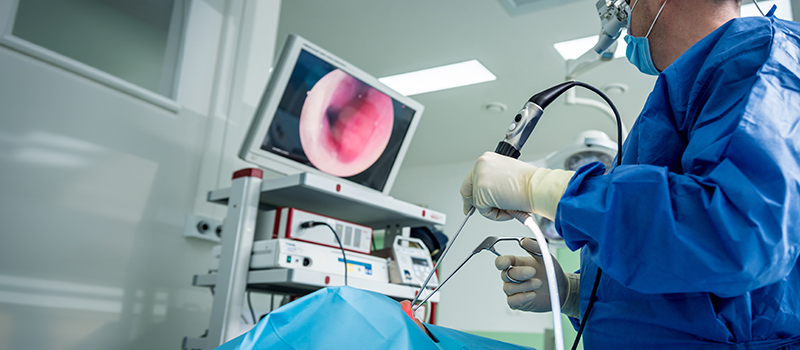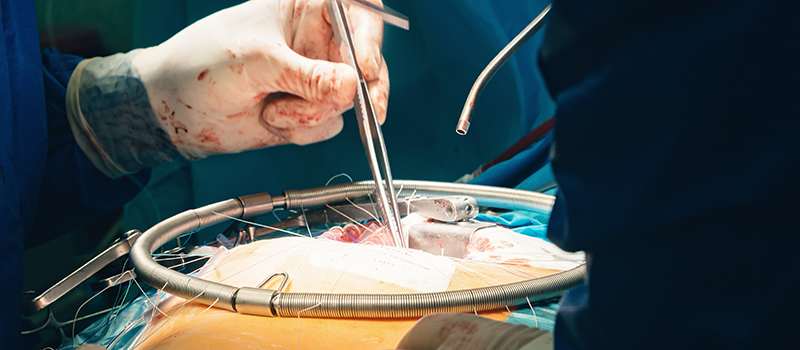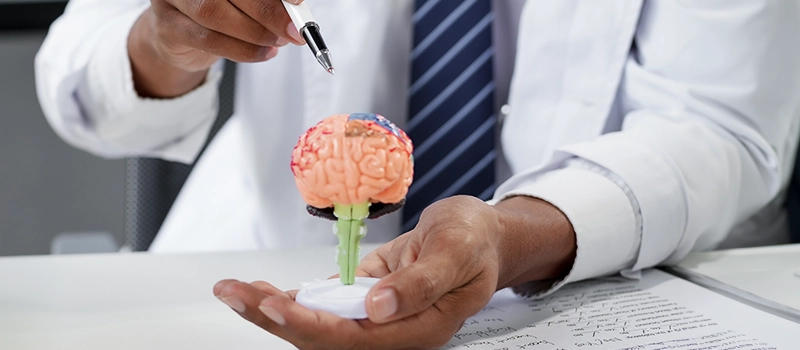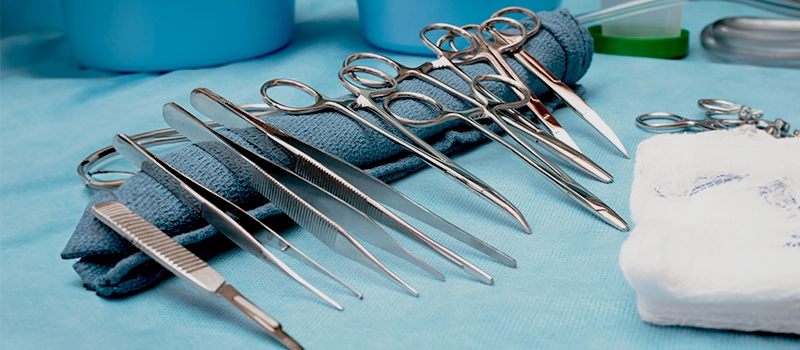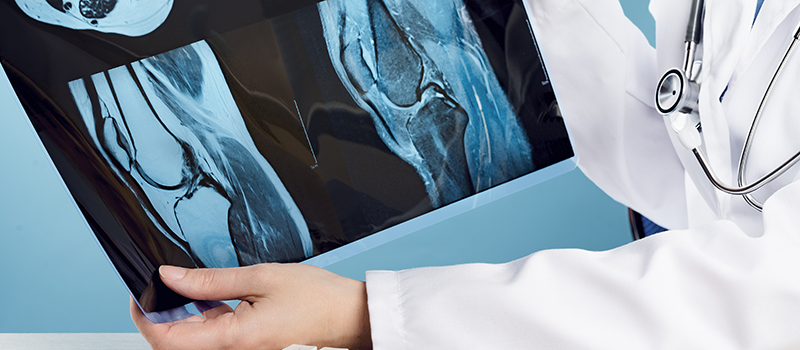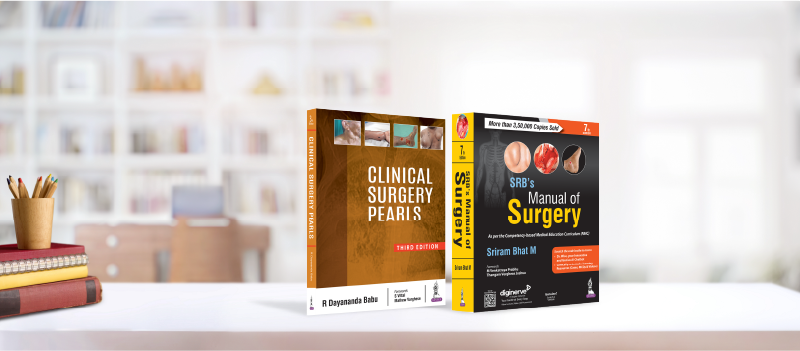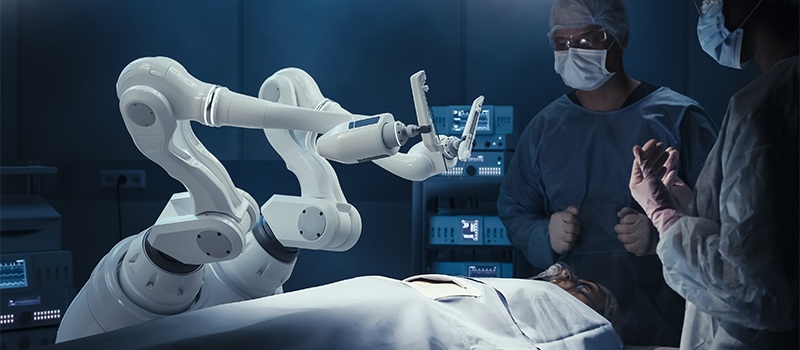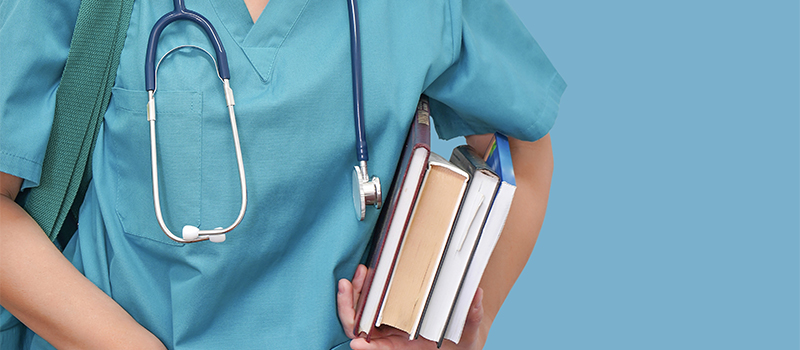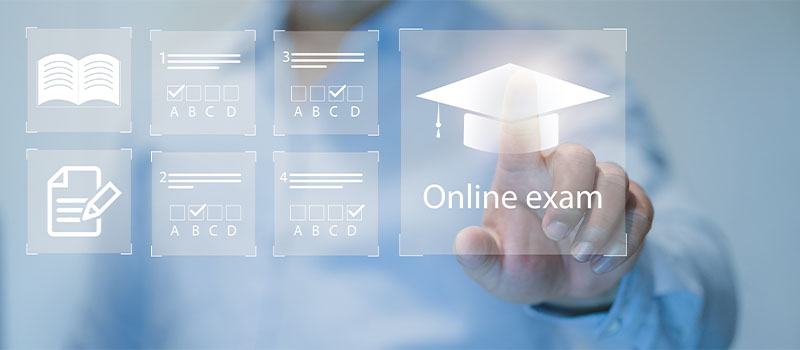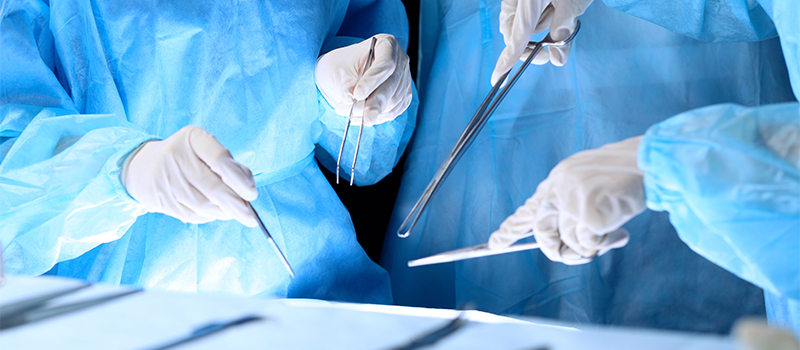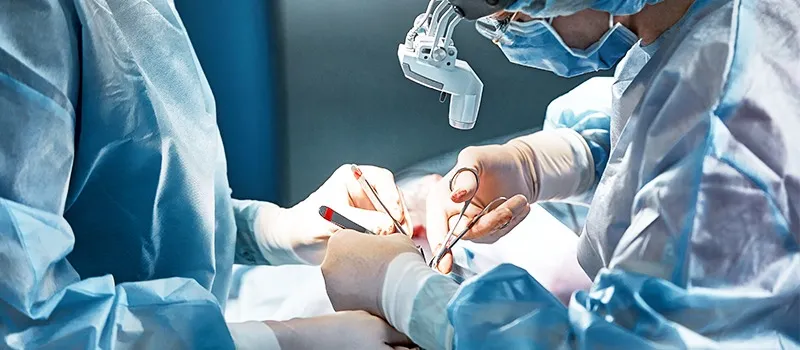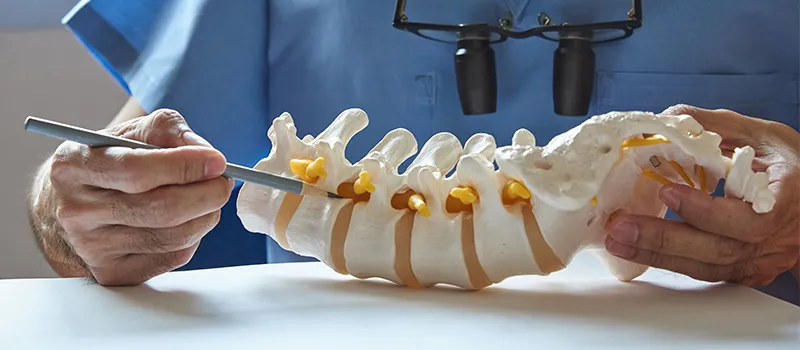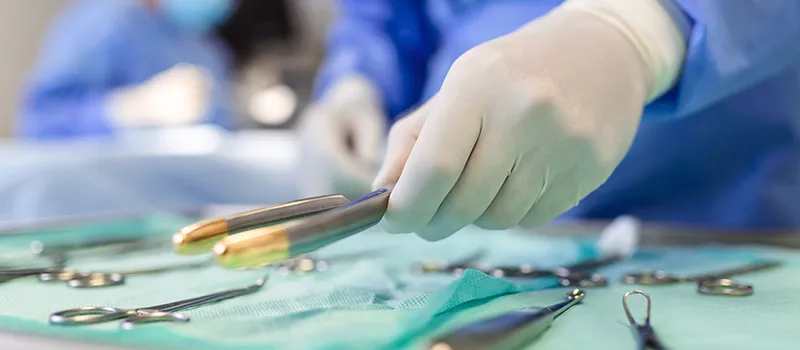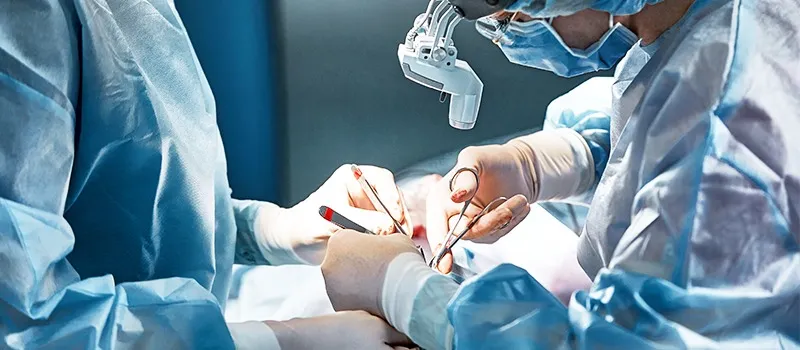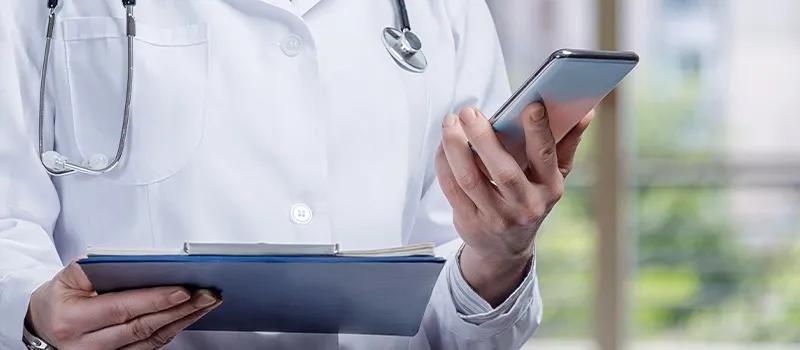
SRB’s Surgery for MBBS Student
Surgery is a versatile subject in the study of medicine that helps in defining the patient’s course of treatment. Integration of surgery with important disciplines such as Anatomy, Pathology, Medicine, and others has become essential in the contemporary CBME curriculum. This has made it much easier for students to study the subject holistically and strengthen the foundation holistically.
Surgery for UnderGrads
It is a comprehensive resource that serves as a one-stop solution for undergraduate students’ academic needs. India’s one of the most prominent faculty and authors, Dr. Sriram Bhat, who is well-known for his book “SRB’s Manual of Surgery” has designed and taught this course. SRB’s Clinical Methods in Surgery, SRB’s Bedside Clinics in Surgery, SRB’s Surgical Operations: Text and Atlas, and Jaypee Gold Standard Mini Atlas Series Surgical Diseases are among his most popular titles. His extensive experience in both teaching and practising surgery has aided in the development of the entire course to meet the demands of undergraduate students. The course includes three pillars of surgery:
- Clinical Surgery: Initial Diagnosis
- Surgical Evaluation: When, what, why with images and other methods of evaluations
- Operative Surgery: Skill
The course’s main purpose is to get students to focus on the skill of observation, deduction, and knowledge, as well as the practical application of all the important concepts. By focusing on the essentials of the subject, the course aids in the development of a strong foundation. This makes it one of the best online surgery courses for MBBS students. The course is divided into 3 sections:
- General Surgery
- Systemic & Specialty Surgery
- Clinics in Surgery involve history taking, physical examinations, instruments, investigations, and operative surgery.
Clinical examination and differential diagnosis have been given top priority throughout the course. This will aid in the development of the student’s critical comprehension to effectively evaluate, diagnose, and manage the patient. Dr. Sriram Bhat has also demonstrated how to conduct a clinical examination in a variety of situations in real-life clinical scenarios along with the fundamentals of general surgery. This will aid in the development of concepts for all students. Surgical anatomy is a crucial element of operational surgery, and it has been covered alongside the majority of the structures and systems to provide students with a thorough understanding.
Surgical equipment and X-rays have their own part to familiarise students with the relevant information and application. They also serve as a valuable tool for last-minute revision before the final clinical tests because they are an integral part of the clinical exams. There are crucial questions for university examinations, PG entrance tests, and viva voce for each topic, as well as theoretical components with practical points for operative procedures.
This online surgery course is designed to meet the educational needs of both medical undergraduate and first-year postgraduate students.
The Course Includes:
- Video Lectures: 220 hours of in-depth video lectures covering 176 subjects provide detailed clarity for theory as well as clinical applications. Images and graphs are used to supplement these.
- Lecture Notes: 161 concise notes will assist students in skimming through the topics discussed during the lectures.
- MCQs for Self-Assessment: Students can assess their understanding of the topics by practising 2500+ MCQs.
- Physical and clinical examination in real-time clinical settings: This will help students to understand cases and arrive at differential diagnoses through reasoning.
Table of Content – Surgery for UnderGrads
General Surgery
Swellings
Examination of the swelling
Examination of the neck swelling
Clinical examination of swelling – video
Different swellings – Differential diagnoses
Differential Diagnoses – Neck Swellings
Ulcer
Examination of ulcer
Clinical examination of ulcer – video
Different ulcers – Differential diagnoses
Examination of Sinus and Fistula
Arterial Diseases
Clinical examination in arterial diseases
Clinical examination in vascular disease – Video
Peripheral arterial occlusive diseases
Lower limb ischaemia and management of arterial diseases
Aneurysms
Acute arterial occlusion
Upper limb ischemia and related conditions
Amputations
Vascular lesions and malformations
Venous Diseases
Examination of varicose veins
Video – Examination of varicose veins
Varicose veins
Venous ulcer, DVT, anticoagulants, VTE
Lymphatic System
Examination of lymphatic system and lymph nodes
Video – Examination of lymph nodes (in lymphatic system)
Surgical anatomy of lymphatics and lymphoedema
Hernia
Examination of hernia
Video – Examination of hernia
Hernia, general features, surgical anatomy
Inguinal hernia, features, management
Other hernias and technique of local anaesthesia in hernia
Ventral hernia – types and biomaterials used in hernia
Inguinoscrotal Swellings
Examination of inguinoscrotal and scrotal swellings
Examination of male external genitalia
Video – Examination of scrotum and male external genitalia
Diseases of the Scrotum
Diseases of the penis
Diseases of testis
Testicular tumours
Miscellaneous
Burns
Shock
Reconstruction
Haemorrhage
Infections
Electrolytes and fluid therapy
Nutrition
Obesity
Neoplasms
Hand and foot
Peripheral nerves
Transplantation
Adjuvant therapy
Day care surgery and surgical audit
Oral cavity
Examination of oral cavity
Video- Examination of oral cavity
Diseases of the oral cavity
Diseases of the alveolus, lip and tongue
Jaw, pharynx, larynx, nasal cavities
Examination of jaw tumours; Related diseases
Examinations of pharynx, larynx, nasal cavities and paranasal sinuses
Salivary Glands
Examination of salivary glands
Video – Examination of salivary neoplasms
Surgical anatomy and diseases of the salivary glands
Salivary neoplasms and their management
Qbanks
Systemic & Specialty Surgery
Thyroid
Examination of thyroid patient and evaluation
Video – Examination of thyroid swelling
Surgical anatomy of thyroid and congenital anomalies
Diseases of the thyroid gland
Thyrotoxicosis
Thyroid neoplasms
Thyroiditis, thyroidectomy
Parathyroid
Adrenal Glands
Breast
Examination in breast diseases
Video – Examination of breast lump
Surgical anatomy of breast and investigations in breast lump
Diseases of the breast
Carcinoma breast -– etiology, pathology, features
Management of carcinoma of breast
Dysphagia and Oesophagus
Examination of dysphagia and surgical anatomy of oesophagus
Gastroesophageal reflux disease (GERD) – 1
Oesophageal motility and other disorders of the oesophagus
Tumours of the oesophagus
Examination of Abdomen
Examination in chronic abdominal diseases
Examination of mass abdomen
Examination of acute abdomen
Video – Examination of chronic abdomen, mass abdomen and acute abdomen
Stomach
Surgical anatomy, investigations in diseases of the stomach
Diseases of the stomach
Small Intestine
Surgical anatomy and diseases of small intestine
Large Intestine
Large intestine – surgical anatomy and diseases
Diseases of large intestine
Intestinal Obstruction
Rectum and Anal Canal
Surgical anatomy rectum and anal canal
Examination of rectum and anal canal
Video – Examination of rectum and anal canal
Rectum and anal canal (carcinoma rectum)
Diseases of rectum and anal canal
Appendix
Surgical anatomy and diseases of the appendix
Diseases of appendix
Liver
Surgical anatomy of liver, functions of liver, liver function tests, liver trauma, liver cysts
Portal hypertension
Infections of the liver
Tumours of the liver
Hepatic resection, liver transplantation
Gallbladder
Surgical anatomy of gallbladder and congenital anomalies
Gallbladder stones (Gall stones) and acute cholecystitis
Chronic cholecystitis, surgical jaundice and other conditions of the gallbladder
Gallbladder and biliary neoplasm and other condition
Cholecystectomy
Spleen
Surgical anatomy of spleen and Splenic Injury
Splenomegaly and related conditions
Splenectomy and other diseases of spleen
Pancreas
Surgical anatomy of pancreas
Acute Pancreatitis
Pseudocyst of pancreas
Chronic pancreatitis
Pancreatic tumours
Other surgical conditions of the pancreas
Abdominal Wall and Umbilicus
Diseases of abdominal wall and umbilicus
Abdominal Tuberculosis
Peritoneum
Peritoneum and peritonitis
Pelvic and subphrenic abscess, peritoneal, mesenteric and omental diseases
Retroperitoneum
Cardiothoracic Surgery
Diseases of thorax
Neurosurgery
Urology
Kidney, ureter
Urinary bladder
Prostate
Urethera
Trauma
Trauma (Wounds) – 1
Trauma – 2
Qbanks
Clinics in Surgery
History taking in surgery
General Physical Examination
Video – General examination
Surgical instruments
Surgical instruments video
Investigations in surgical patients
X-rays of surgical importance
Surgical pathology
Operative surgery
Anaesthesia and surgery
Learn the right way with Surgery for UnderGrads
Surgery is a much broader term, and learning about specific clinical disorders like the acute abdomen, surgical emergencies like testicular torsion and trauma, and obtaining more exposure to those who require more attention are all part of the MBBS syllabus. Surgery for UnderGrads is designed keeping in mind that students’ minds are trained in meticulous, correct appraisal and quick decision-making as a result of their exposure to cases. Therefore, it exposes them to common ‘surgical’ issues including skin lesions, ‘lumps and bumps,’ and hernias can also help enhance their knowledge.
Clinics in Surgery make sure that students can learn the fundamentals of obtaining histories, performing clinical examinations, and ordering the necessary investigations. Surgical clinics make students familiar with patients who have detailed histories and physical symptoms.
Students will also get the opportunity to improve their communication skills by learning how to explain difficult procedures and prognoses, as well as gain consent and deliver bad news in a kind and understandable manner to worried or depressed patients. A student’s knowledge of the reasons for a particular operation, the skill of cautious patient selection, the limitations of surgery, and its curative value improves in this situation. Undergraduates benefit from a unique educational experience in the operating room, which allows them to integrate and consolidate their information. In order to obtain a comprehensive knowledge of what is involved and how anatomy relates to pathology, students must be able to observe normal and pathological tissues as well as procedures up close.
Medical students may get the opportunity to learn about post-operative problems and the importance of careful, regular observation and contingency planning after the operation is completed. The course provides the student with unique insights into patient care and the opportunity to see the direct application of anatomy and physiology principles to clinical practise at each stage.
Best way to study Surgery
- Study Smart
There’s no doubt that during medical school, students are required to study extensively. It would be nearly hard to acquire the necessary skills and information to become a skilled doctor unless they put in the time and effort that is needed. Every medical student will study, collect knowledge, and uniquely organise their study hours to be more productive and efficient. Studying in a group might help them examine their knowledge by allowing them to discuss and ask questions. However, if their classmates aren’t as dedicated as they are, studying alone can help them avoid distractions.
- Sleep enough to wake up refreshed
Sleep deprivation is common during exam season when students overlook their own health in order to focus on revision. However, they need to be aware of the fact that a good night’s sleep provides them with a cognitive boost the next morning. It also ensures that they are healthy, study better, and feel more motivated. Being weary during an important lecture might divert them from their goal of being a Top Doc. Making a note of sleeping habits, creating a timetable, and sticking to it would help a lot.
- Volunteer for college societies
Participating in social events in MBBS helps students build their soft skills. Although the profession of a doctor requires skills and knowledge, it is equally important to have a sense of empathy. A great doctor is the one who understands, relates to, and connects with his or her patients, as well as their families. Communication is the key to understanding the physical and mental pain of the patient as well as being able to share the consequences and after-effects with them. This is required because doctors meet people from different social backgrounds, personalities, and behaviours regularly.
- Seek guidance from the right mentors
Mentors are the companions for life, the only difference being that they are way more experienced. In order to improve their skills and become highly qualified doctors, students must seek assistance from experts who can guide them patiently. Doctors who also teach at medical school have great worth and can guide students on the right path to their future job. Academic advisors, professors, and teaching assistants are the ones students seek advice from during their medical career.
Scope of Surgery after MBBS
Undergraduate students must complete their master’s degree to become a surgeon. Preoperative and postoperative care are both important aspects of becoming a surgeon, with the goal of returning patients to their natural physiologic state. Master of Surgery graduates’ career options and job prospects are as diverse as those of a physician in other specialties. Many people select this job because it allows them to witness a great deal of change. Surgeons must keep their abilities up to date in order to satisfy the changing needs of their patients. This is a fantastic job choice for those who like a challenge.
To diagnose and treat patients, modern hospitals require people with technological skills and competence. Students with a master’s in surgery can go for higher studies to gain an edge or update their skills. Aspirants can build a career as vascular surgeons, plastic surgeons, researchers, neonatal surgeons, and many more.
FAQs
Q1. Is surgery a good career to pursue?
A surgeon’s career can be immensely fulfilling because he or she has the opportunity to save people’s lives. In the operating room, a surgeon’s technical knowledge and talents have a noticeable impact on a patient’s health.
Q2. By when do you become a surgeon?
Surgical residents begin their training between the ages of 24 and 30 years old.
Q3. Can an MBBS doctor perform surgery?
An MBBS doctor without a PG degree is now prohibited from performing operations, anaesthetic treatments, or C-sections.
Related post
